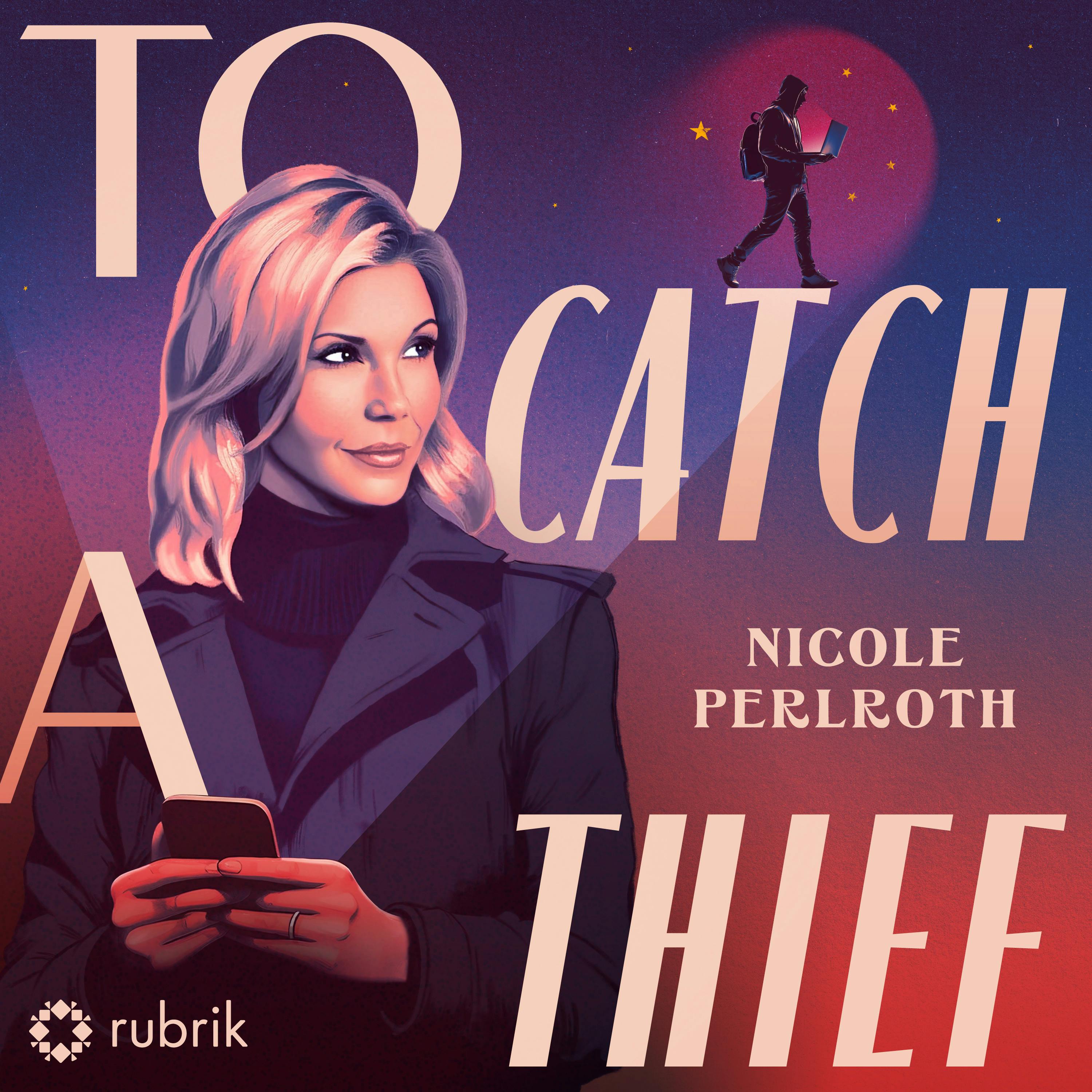
To Catch a Thief: China’s Rise to Cyber Supremacy
American companies, whole towns, have been eviscerated by Chinese cyberattacks. But their stories remain untold, even as the stakes get higher and the targets more reckless. To Catch a Thief is a first-of-its-kind, documentary look at China’s rise to cyber supremacy. This podcast charts the evolution of China’s state-sponsored hackers, from their beginnings as “the most polite, mediocre hackers in cyberspace” to the “apex predator” that now haunts America’s critical infrastructure. Host Nicole Perlroth, bestselling author and former lead cybersecurity and digital espionage reporter for The New York Times, interviews those who were victimized, and instrumental in tracking, Chinese cyberattacks as the threat morphed from trade secret theft, to blanket surveillance, to pre-positioning in America’s critical infrastructure. For what purpose? To Catch a Thief interrogates the motives behind it all. This audio documentary is produced by Rubrik, the leading data security company that delivers cyber resilience for businesses around the world.